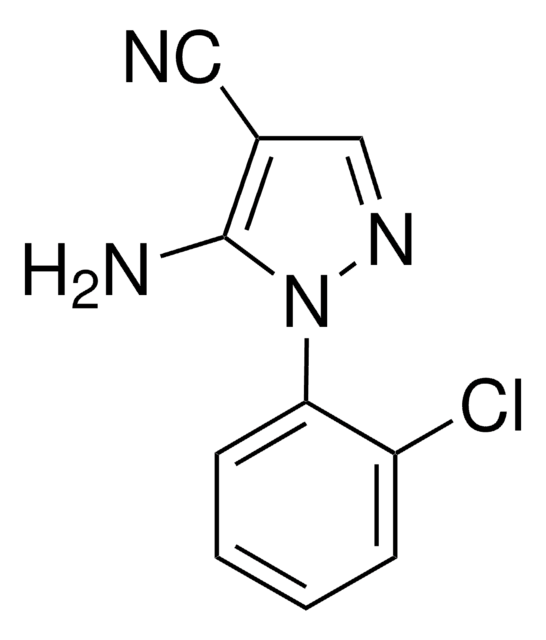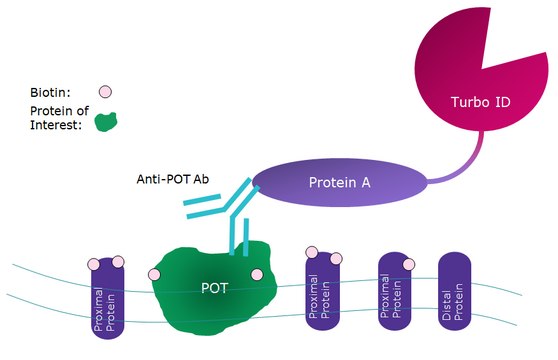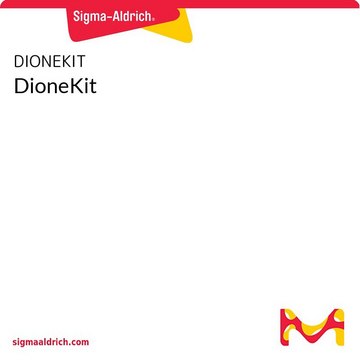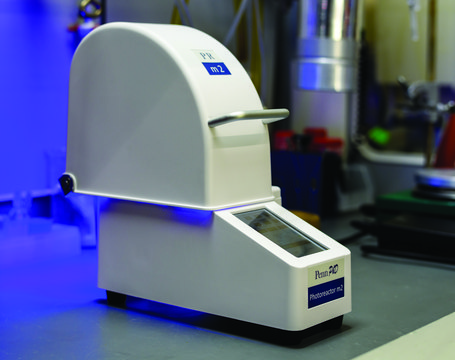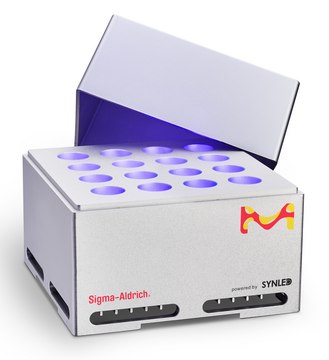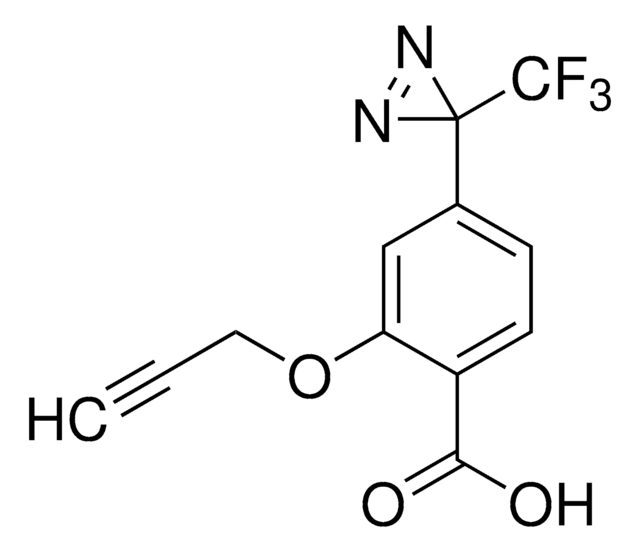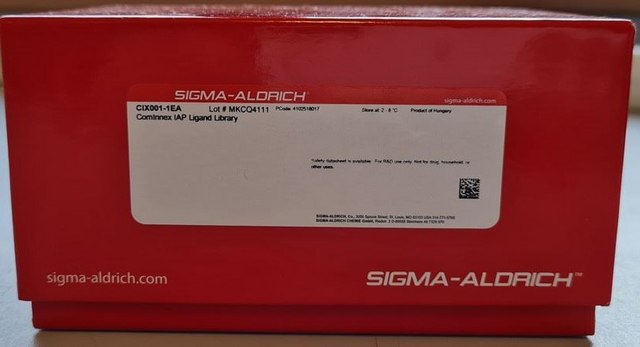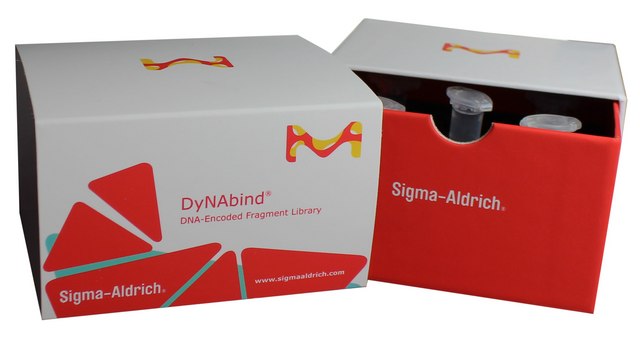ATLASKIT
AtlasKit
Synonym(s):
Antibody-photocatalyst conjugate labeling, Microenvironment mapping technology, Photoinduced proximity labeling kit, Protein-protein interaction elucidation technology
About This Item
Recommended Products
storage temp.
−20°C
General description
The kit provides a step-by-step procedure for conjugating your antibody to a photocatalyst that localizes light-mediated crosslinking to the antibody′s target and surrounding proteins. First, an azide-containing linker is appended to your antibody that ″clicks″ on an iridium photocatalyst. The resulting antibody-photocatalyst conjugate is added to live cells along with a biotinylated diazirine reagent. Analogous to a satelite, the photocatalyst localizes carbene generation from the diazirine and thus covalently modifies surrounding proteins. The biotin tag allows for enrichment of photo-labeled proteins. As shown in Geri et al., the extent of this photo-induced labeling is within a 4 nm radius of the photocatalyst, providing advanced precision for mapping protein interaction networks.
Read more about micromapping in our Technology Spotlight
Protocol available here
Included:
- Conjugation reagents and buffers, photocatalyst, photo-reactive diazirine-biotin, fluorescent standard for validation
Not included:
- Antibodies (primary, secondary, isotype)
- Light-irradiating photoreactor (suggestions below)
- Protein concentration assay (BCA assay recommended)
- Plate reader
- Spin desalting columns (7K MWCO, 2 mL recommended)
Photoreactors commercially available:
Application
Biochem/physiol Actions
Storage Class Code
10 - Combustible liquids
Choose from one of the most recent versions:
Certificates of Analysis (COA)
It looks like we've run into a problem, but you can still download Certificates of Analysis from our Documents section.
If you need assistance, please contact Customer Support.
Already Own This Product?
Find documentation for the products that you have recently purchased in the Document Library.
Articles
Novel method tags antibodies with photoreactive iridium for membrane protein labeling.
In cases where photoaffinity labeling (PAL) probes are ineffective, Hyas and Dione Kits provide an effective method for small molecule identification by using an Iridium photocatalyst tethered to the molecule under investigation.
Our team of scientists has experience in all areas of research including Life Science, Material Science, Chemical Synthesis, Chromatography, Analytical and many others.
Contact Technical Service